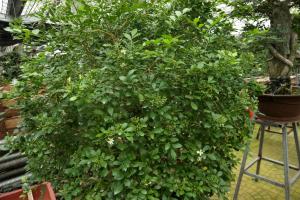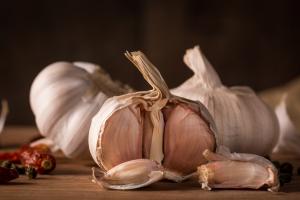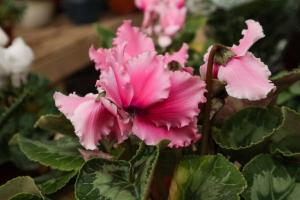Introduction
Have you ever seen a pot plant hanging upside down and wondered why someone would go through the trouble of doing that? Hanging plants upside down may seem counterintuitive, but there are actually several reasons why people choose to hang their plants this way. In this article, we will explore the many benefits of upside-down gardening and explain why it may be worth considering for your own home.
Benefits of Upside-Down Gardening
There are several benefits to hanging pot plants upside down. First and foremost, this method of gardening is great for small spaces. If you live in an apartment or have limited outdoor space, hanging your plants upside down can be a great way to maximize your growing area. Hanging plants can also make a striking visual statement in your home or garden.
Another benefit of upside-down gardening is that it can help improve plant health. In traditional potted plants, the roots often become tangled and compacted, which can limit their growth and nutrient uptake. Hanging plants can help prevent this issue by allowing the roots to spread out more freely. Additionally, hanging plants are less susceptible to pests and diseases that can harm your plants when they are placed on the ground.
Hanging pot plants upside down also eliminates the need for stooping or bending down to care for your plants. This can be especially beneficial for individuals with mobility issues or disabilities that limit their ability to bend or kneel.
Choosing the Right Plants
While many different plants can be grown upside down, some are better suited to this method than others. Plants with trailing or vining growth habits, such as tomatoes, cucumbers, strawberries, and peppers, are ideal for this type of gardening. Herbs like basil, oregano, and thyme can also do well when grown upside down. However, it's important to select the right size container for your plants--plants with long taproots are not suitable for upside-down gardening.
How to Hang Pot Plants Upside Down
Now that you know the benefits of upside-down gardening and which plants to use, it's time to learn how to hang your plants upside down. The first step is to choose a container that is suitable for hanging. Plastic buckets, baskets, or pots with drainage holes are good options. Once you have your container, drill a hole in the bottom for drainage and then cut another hole in the top for planting.
Next, fill the container with potting soil and then insert your plant into the top hole. You may need to add more soil to ensure the plant is secure. Once your plant is in place, hang the container securely from a hook or ceiling. Make sure the container is level and secure before watering your plant.
Conclusion
Now that you know the many benefits of hanging pot plants upside down, it's time to try it out for yourself. Upside-down gardening is a great way to maximize space, improve plant health, and make a striking visual statement in your home or garden. Whether you're a seasoned gardener or just starting out, hanging plants upside down is definitely worth considering.

 how many times do yo...
how many times do yo... how many planted tre...
how many planted tre... how many pine trees ...
how many pine trees ... how many pecan trees...
how many pecan trees... how many plants comp...
how many plants comp... how many plants can ...
how many plants can ... how many plants and ...
how many plants and ... how many pepper plan...
how many pepper plan...






























